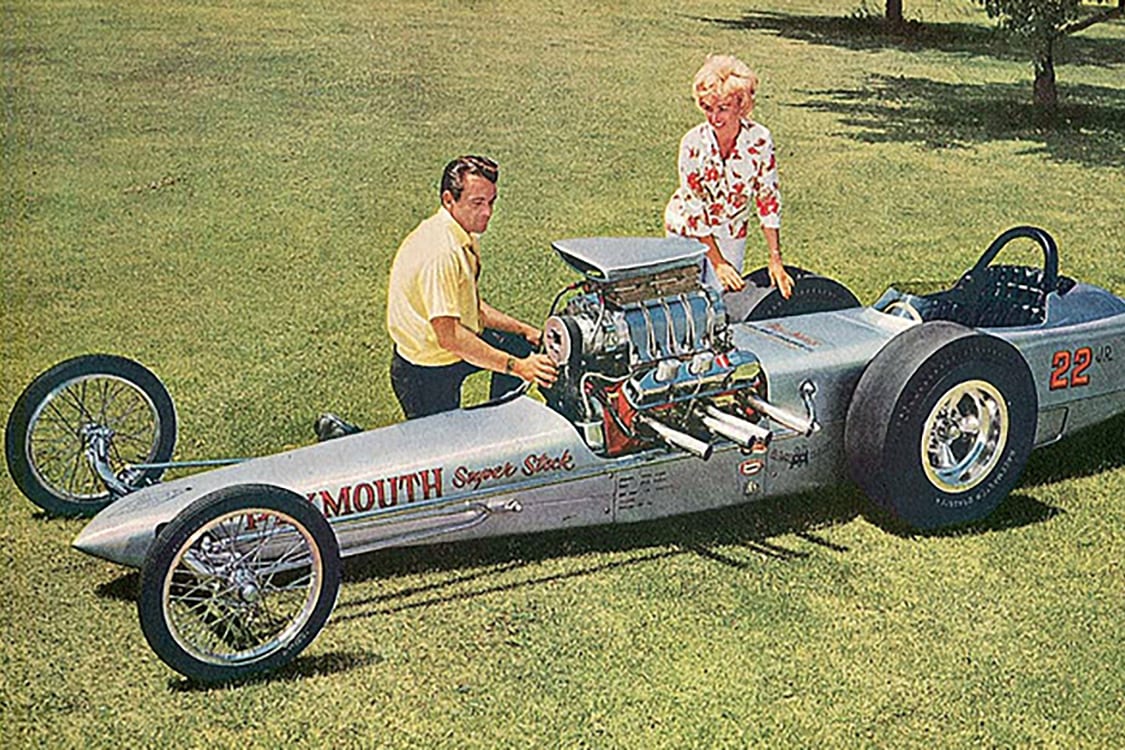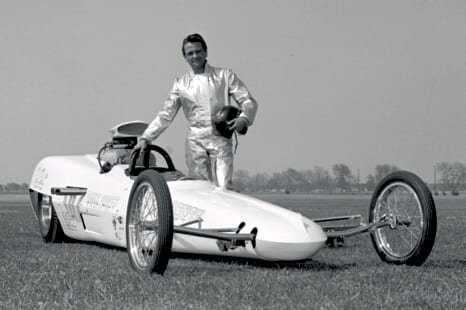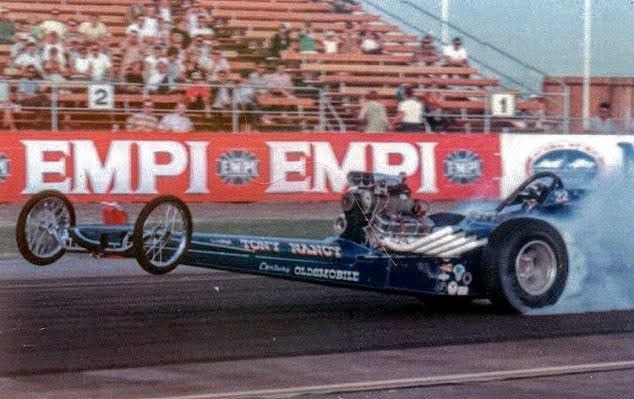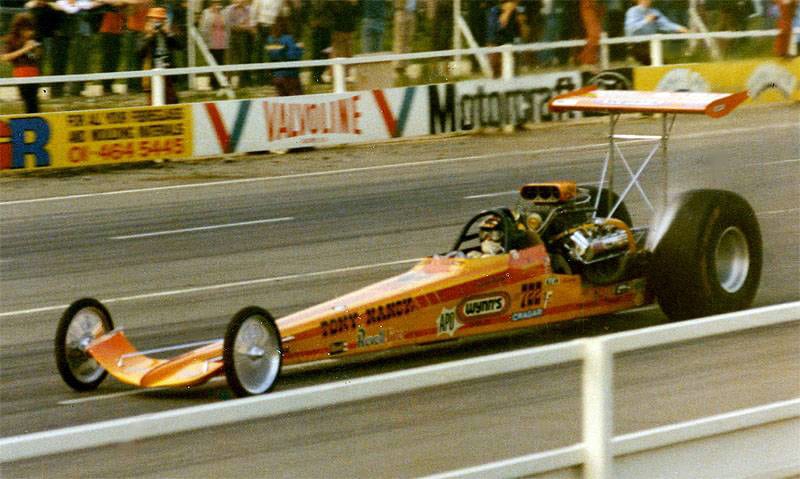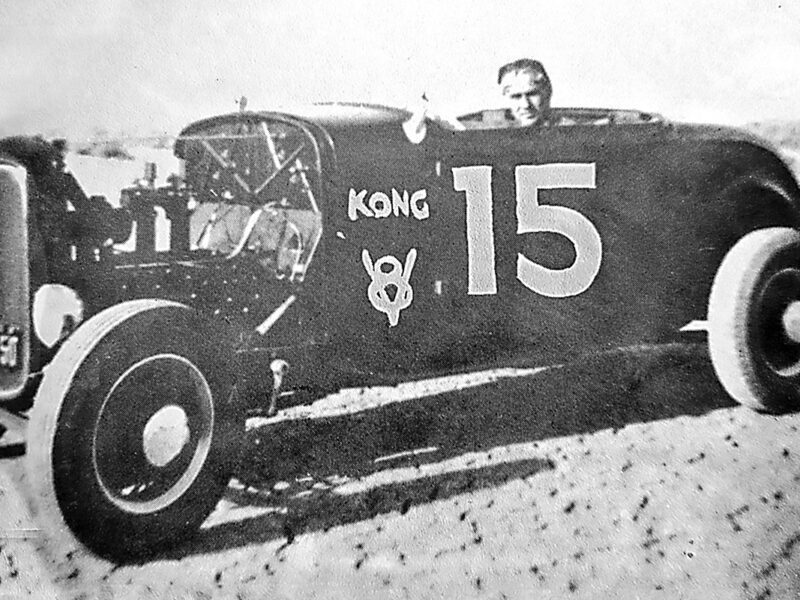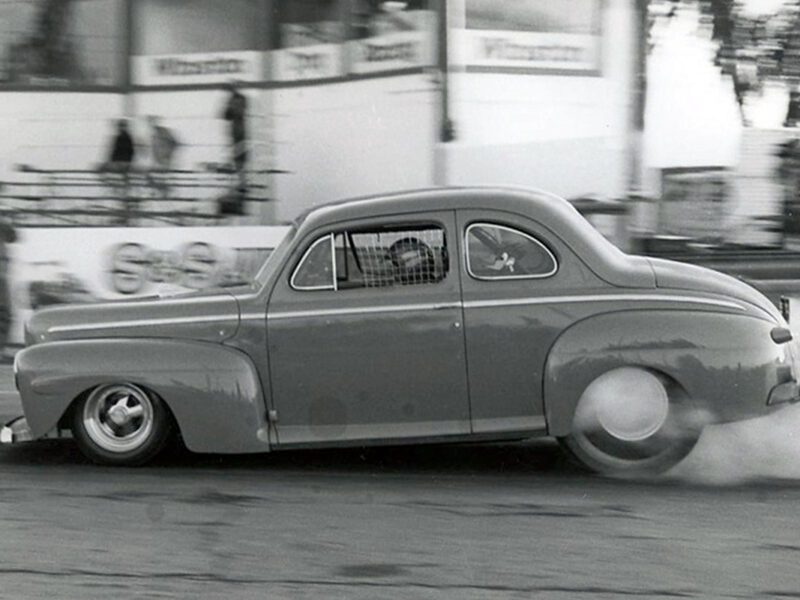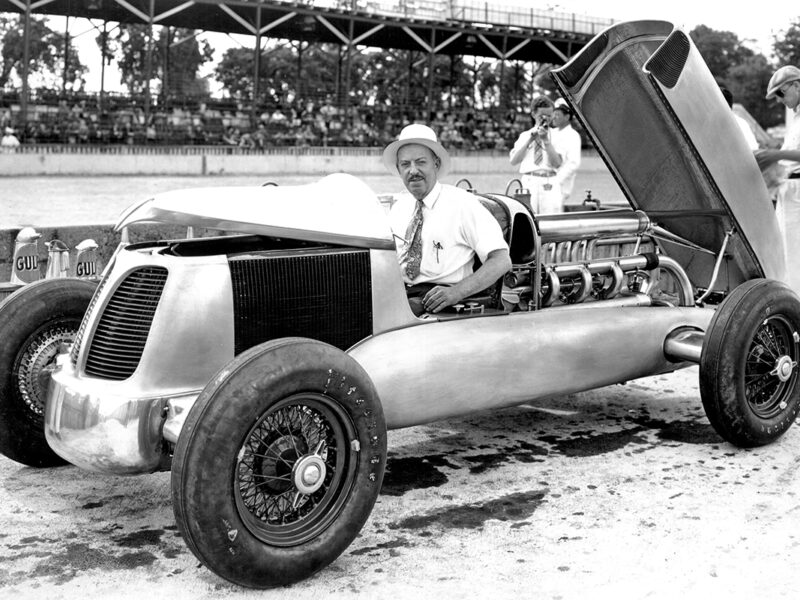Tony Nancy – Hot Rodding’s Swiss Army Knife
These days hot rodding and motorsports are known for their specialization. A modern street rod shop features a chassis guy, an engine guy, a metal guy, a paint guy, wiring guy, even a designer. A contemporary race team slices up responsibilities even finer – engine, dampers, aerodynamics, tires, strategy, etc. – each area overseen by one or more technicians assigned to the task.
The early days of hot rodding were far simpler. Sure, rodders had their preferred areas of expertise, but most had a basic skillset that covered the entire vehicle. Few were as accomplished as Tony Nancy, who could drive a race car with same aplomb as he could stitch upholstery or assemble a blown Hemi. He earned the moniker “The Loner,” for he could handle every job at the track, or shop, solo.
Born in 1933, Nancy was a pure Southern California kid, with a high-school diploma from Hollywood High School to prove it. From a young age he enjoyed taking mechanical objects a part, including clocks and appliances. At age 13, a trip to El Mirage to watch the lakesters run supercharged Nancy’s interest in cars.
- (Photo by The Enthusiast Network via Getty Images)
A year later, at age 14, Nancy found employment at a local upholstery shop, where he began stitching together his skills as a trimmer. It also put $40 in his chinos, which he flipped for a ’29 Model A coupe (which he soon swapped for a roadster body). Memberships in the Throttle Merchants of West San Fernando, a Russetta Timing Association club, followed shortly thereafter.
Nancy’s later teen years, though, were marked by a bit of unruly behavior. So much so, a local police sergeant suggested he join the Marines as a corrective measure. This led to three years in the military, including a tour in Korea.
Upon his return he found work at a series of upholstery shops, including one at Hillcrest Cadillac in Hollywood. Among the dealership’s star-studded clientele was actor Clark Gable. Gable had managed to flip his Caddy coupe and brought it in to Hillcrest for repair. Nancy cleverly suggested a padded California top to hide the damage. It proved so successful that fellow Caddy owners followed suit.
By 1956, Nancy was operating his own trim shop in Sherman Oaks, where he specialized in leather upholstery for race cars. His worldview changed when a customer took him to the drags at San Fernando. He decided to join the fun, thus launching one of the most successful drag racing careers in history.
 First, Nancy pulled together a ’29 Model A roadster, the first of his famed 22JR cars. The bright orange machine ran on ’32 rails and was powered by a 256-inch flathead. The car set multiple class ET and top speed records, with 135-136mph runs in the high 10s.
First, Nancy pulled together a ’29 Model A roadster, the first of his famed 22JR cars. The bright orange machine ran on ’32 rails and was powered by a 256-inch flathead. The car set multiple class ET and top speed records, with 135-136mph runs in the high 10s.
In 1960 Nancy got serious. He assembled a lithe ’29 roadster on a Kent Fuller chassis and dropped in a 4-inch-stroked Buick 450c.i. Nailhead. It set class records immediately, including a record run of 138mph on gas. Just as importantly, the car was feted on the cover of Hot Rod magazine.
It would take several Legend columns to detail all of Nancy’s standout quarter-mile masterpieces that followed, from his early 22JR roadster through his dragsters. Here’s a few of the more noteworthy cars:
• His most famous 22JR roadster was the 169mph ’23 T he debuted in 1962: Kent Fuller frame. 6-71-blown Buick, Lincoln Matador Red paint, striping by Dean Jeffries. At 1,340 pounds, it was actually too light for NHRA A/Modified Roadster competition, but that didn’t stop Tony.
• At the 1963 Winternationals, Nancy took home the NHRA Competition Eliminator title in another 23-T modified roadster, this one powered by a blown and injected Plymouth Wedge V8.
• 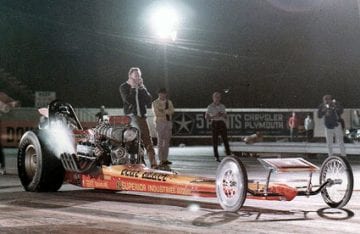 Nancy also won Best Engineered car at the ’63 Winternats with his first dragster, a Top Gas wedge-powered rail that was such a “rocket,” he held the Drag News No. 1 spot for nearly a year.
Nancy also won Best Engineered car at the ’63 Winternats with his first dragster, a Top Gas wedge-powered rail that was such a “rocket,” he held the Drag News No. 1 spot for nearly a year.
• Nancy went became a pioneer in rear-engined dragsters with his Wedge and Wedge II AA/GD fully enclosed rails built between 1963-1965. The first Max Wedge ran a 482c.i. Plymouth and turned 187.00mph.
• By 1967, Tony’s AA/gas dragster, with a blown Oldsmobile, was a regular winner, showing a best of 6.32 seconds at 218mph. Top Fuel called in 1970. Nancy blew away a 32-car field to win that year’s Bakersfield U.S. Fuel and Gas Championships with a 6.75/321.36 run.
By the mid-1970s, Tony Nancy was dominant, combining his skills as a driver and builder with formidable sponsors like Revell and  Wynn’s. He often quipped that he’d set at least one record or Drag News 1320 mark in every class in which he competed.
Wynn’s. He often quipped that he’d set at least one record or Drag News 1320 mark in every class in which he competed.
Tony Nancy retired after the 1976 March Meet to focus on his upholstery business, which brought him back to doing work for Hollywood personalities like James Garner, Steve McQueen, and Burt Reynolds. He also squeezed in work as a stunt driver and raced for McQueen in the Baja 1000 with Don Prudhomme as co-driver and piloted a streamliner at Bonneville to join the 200mph club.
Tony Nancy was well regarded by his peers. He received a Lifetime Achievement Award at the 1997 California Hot Rod Reunion, and he was named Grand Marshall for the Goodguys 44th March Meet in 2003 at Famoso Raceway. He passed way in November 2004, but not before cementing his stature as a true legend of hot rodding.

